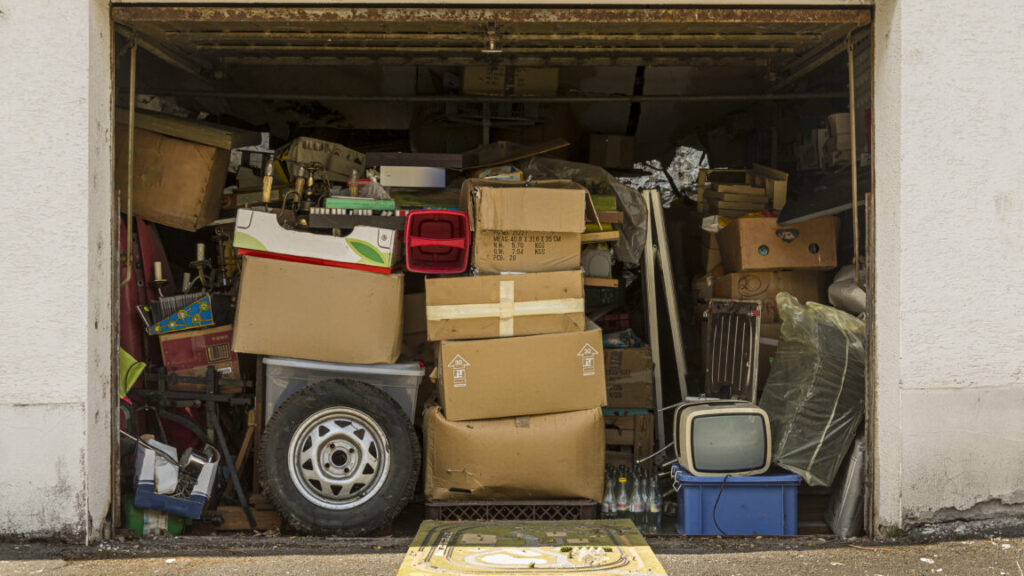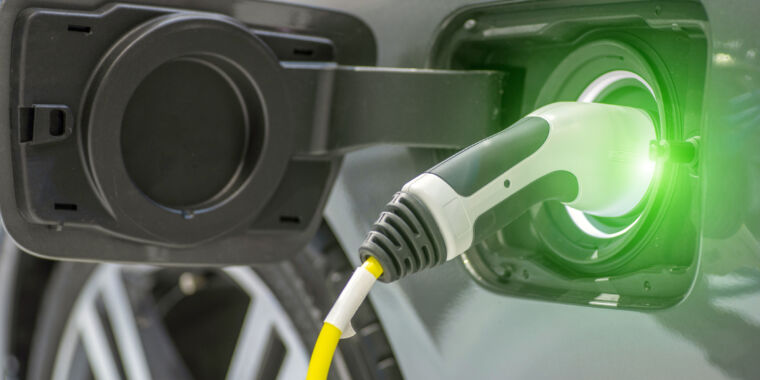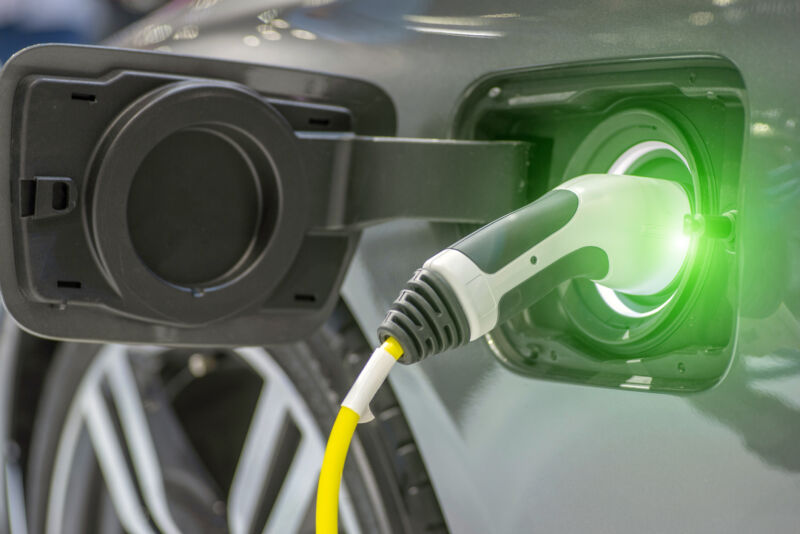Americans’ junk-filled garages are hurting EV adoption, study says
Creating garage space would increase the number of homes capable of EV charging from 31 million to more than 50 million. And when we include houses where the owner thinks it’s feasible to add wiring, that grows to more than 72 million homes. And that’s far more than Telemetry’s most optimistic estimate of US EV penetration for 2035, which ranges from 33 million to 57 million EVs on the road 10 years from now.
I thought an EV would save me money?
Just because 90 percent of houses could add a 240 V outlet near where they park, it doesn’t mean that 90 percent of homes have a 240 V outlet near where they park. According to that same NREL study, almost 34 million of those homes will require extensive electrical work to upgrade their wiring and panels to cope with the added demands of a level 2 charger (at least 30 A), and that can cost thousands and thousands of dollars.
All of a sudden, EV cost of ownership becomes much closer to, or possibly even exceeds, that of a vehicle with an internal combustion engine.
Multifamily remains an unsolved problem
Twenty-three percent of Americans live in multifamily dwellings, including apartments, condos, and townhomes. Here, the barriers to charging where you park are much greater. Individual drivers will rarely be able to decide for themselves to add a charger—the management company, landlord, co-op board, or whoever else is in charge of the development has to grant permission.
If the cost of new wiring for a single family home is enough to be a dealbreaker for some, adding EV charging capabilities to a parking lot or parking garage makes those costs pale in comparison. Using my 1960s-era co-op as an example, after getting board approval to add a pair of shared level 2 chargers in 2019, we were told by the power company that nothing could happen until the co-op upgraded its electrical panel—a capital improvement project that runs into seven figures, and work that is still not entirely complete as I type this.
Americans’ junk-filled garages are hurting EV adoption, study says Read More »


